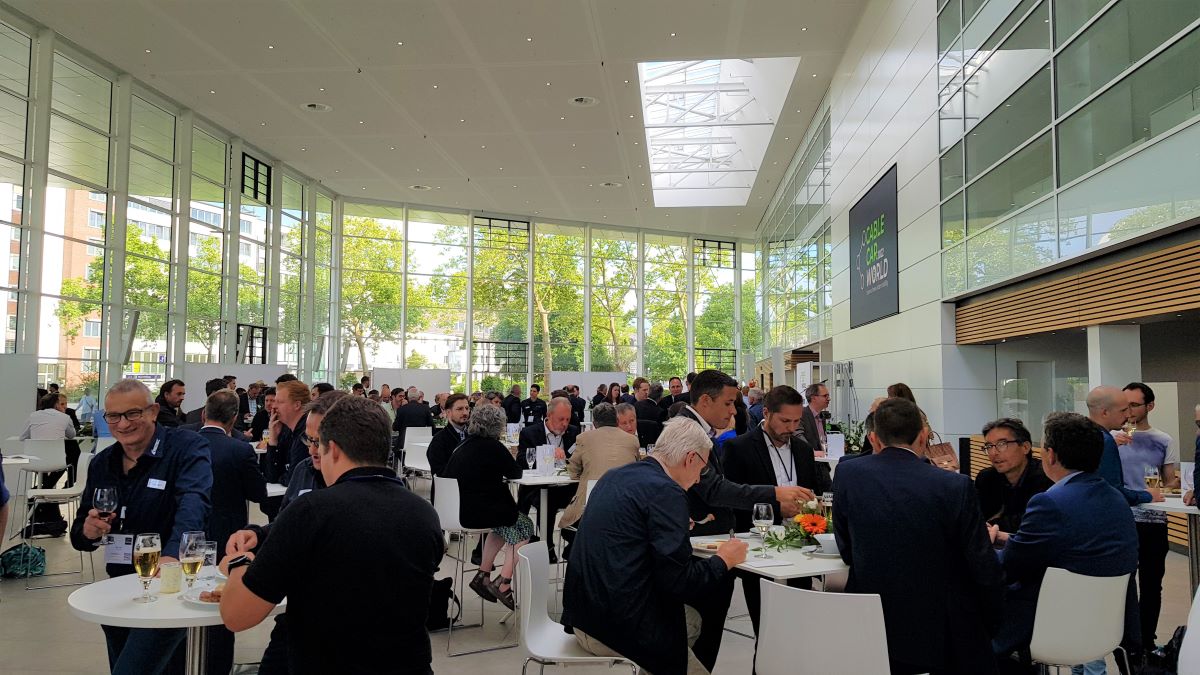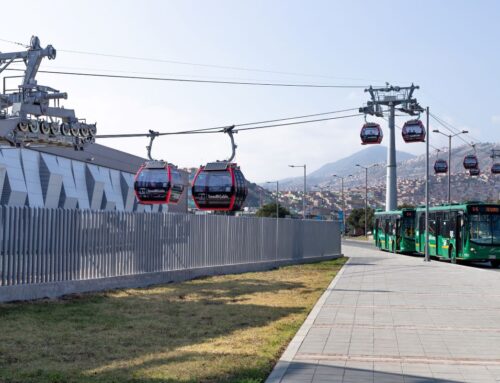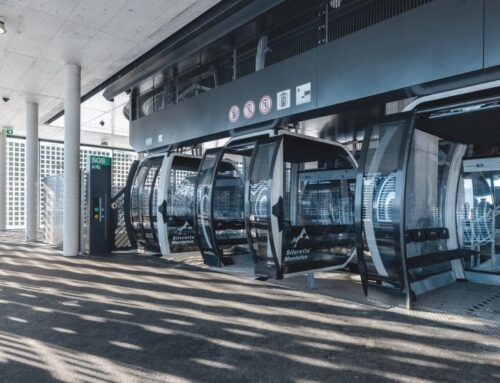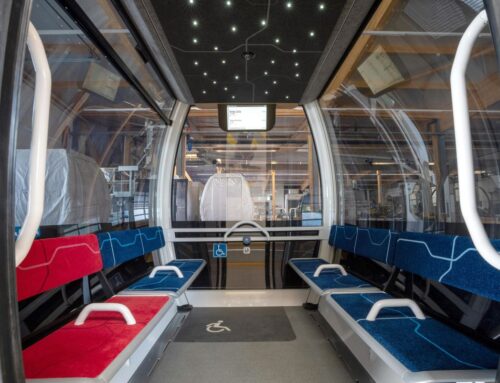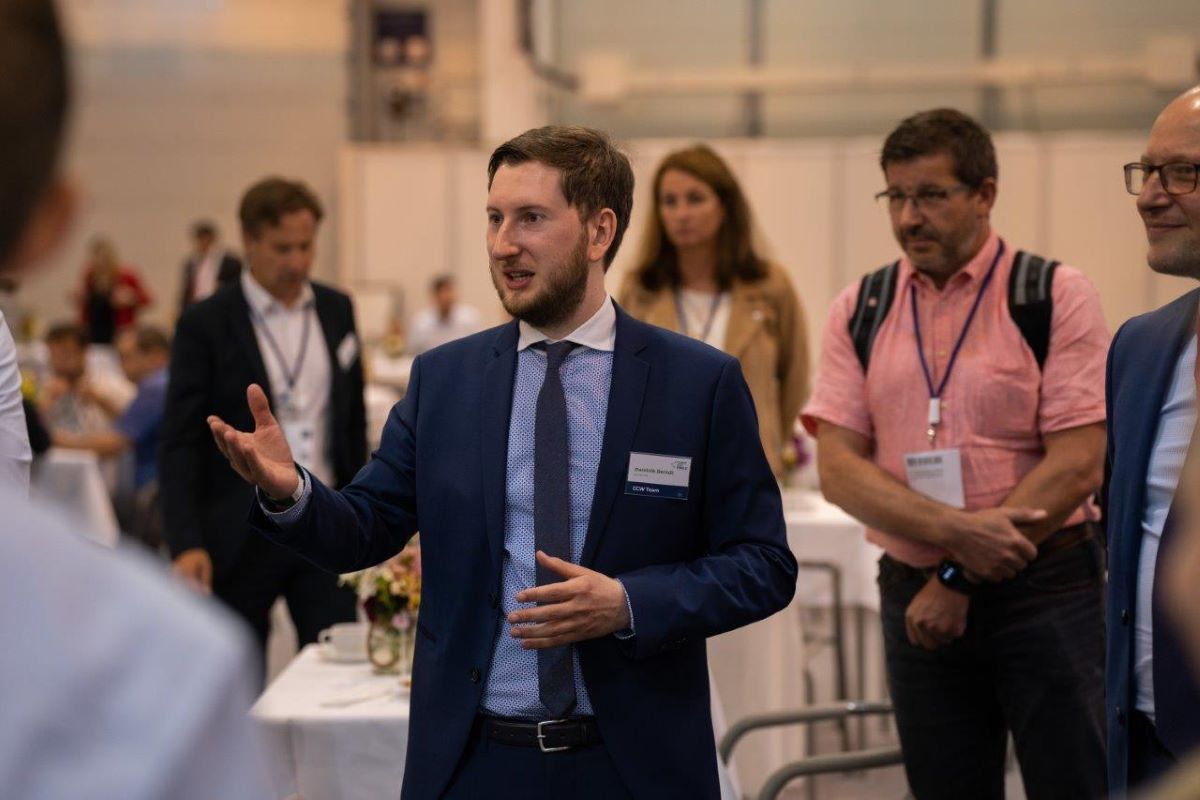
Cities, SI-Urban
Interview: Highlights of Cable Car World
SI Urban: Mr. Berndt, how would you describe the Cable Car World to someone who is not familiar with the trade fair?
Dominik Berndt: The Cable Car World is a two-day congress trade fair focusing on the mobility of the future. Specifically, it revolves around the integration of urban cable cars as part of public transportation. At the fair, we present the entire process chain – from planning to implementation of cable cars.
All of this happens in a personal atmosphere, in a mix of product presentations and knowledge transfer through workshops, tours, and a high-profile international congress.
The Cable Car World is located in the heart of one of the most populous regions in Europe: in North Rhine-Westphalia, at MESSE ESSEN. It takes place where mobility issues are a highly relevant topic for decision makers.
Who exactly are you targeting with the Cable Car World?
On the exhibitor side, we engage with the ropeway industry, including esteemed manufacturers of cable cars and all associated components and services pertinent to urban environments. Conversely, we reach out to specialized consulting firms, discerning investors, esteemed law practices, as well as urban planning and engineering firms.
Additionally, we extend our reach to esteemed scientific institutions, prestigious universities, and other prominent entities such as the German Ministry of Transport and the German Association of Cities. Our target visitor demographics notably comprise municipal and institutional representatives, influential political decision-makers, forward-thinking planners, as well as reputable transportation companies and associations.
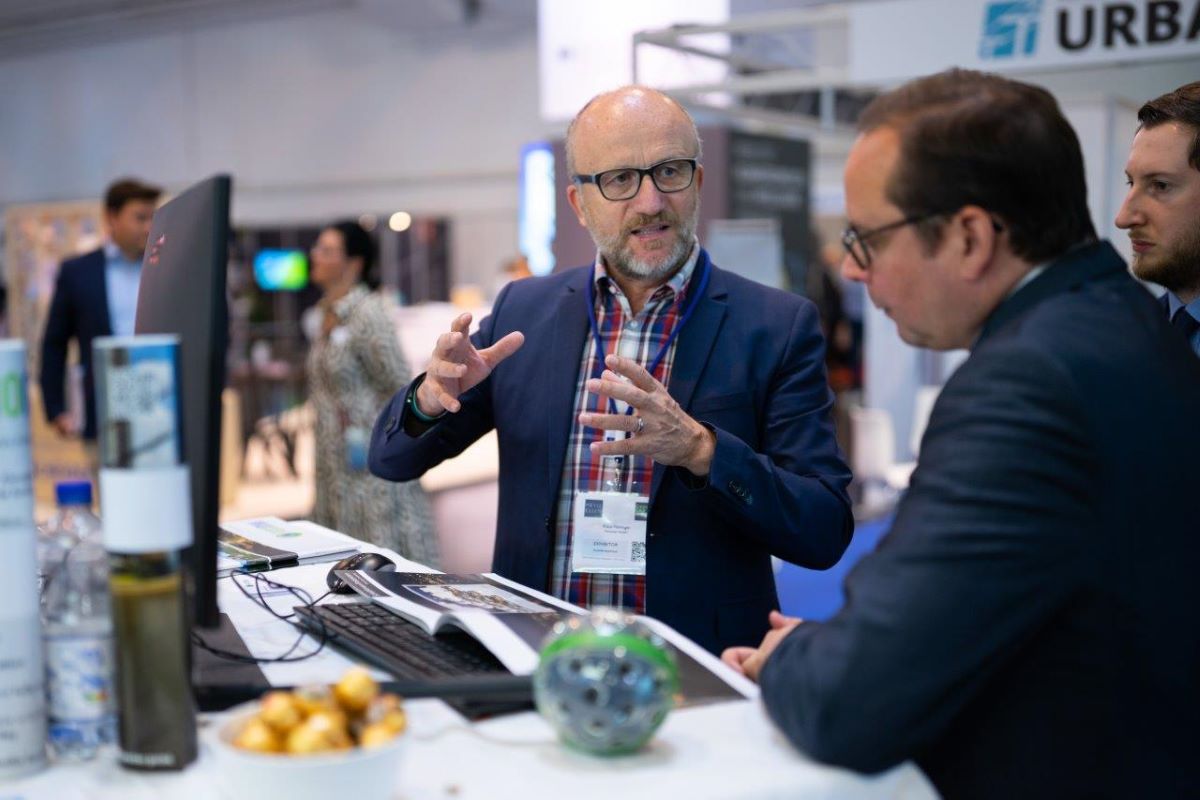
At the congress trade fair, the industry showcases its latest technological developments.
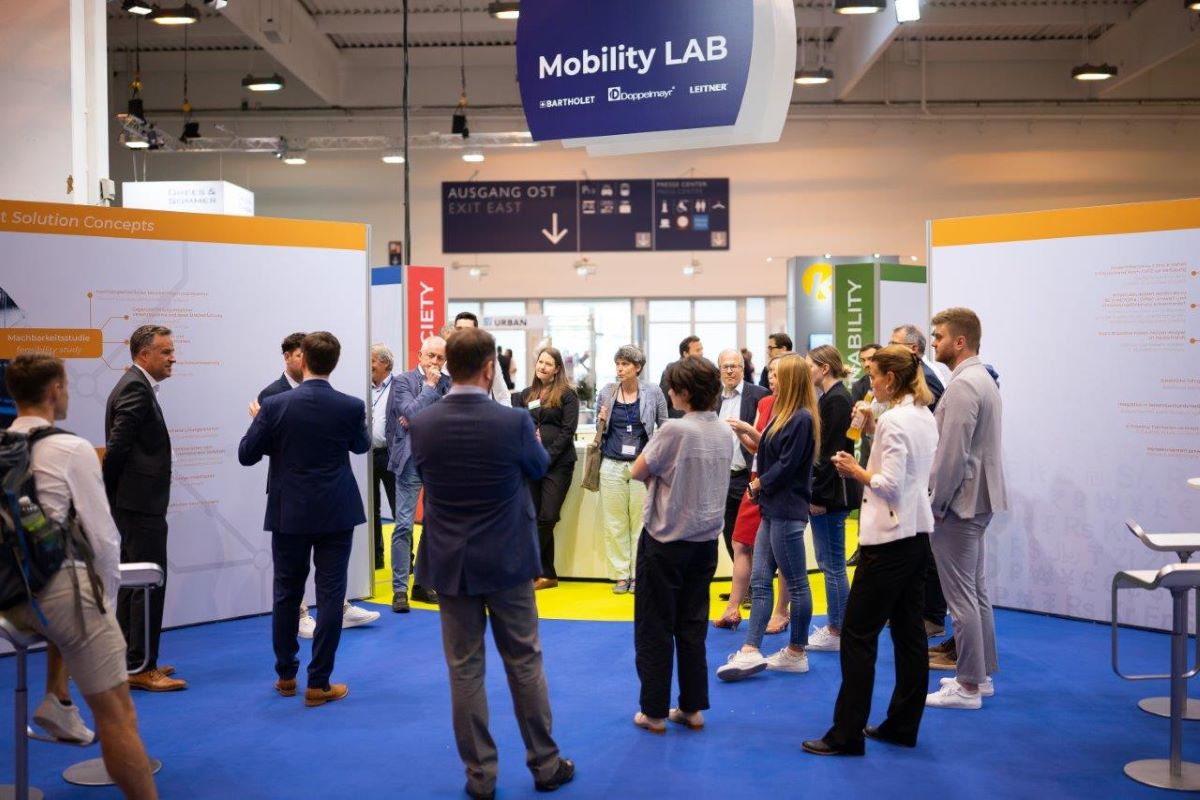
The Mobility Lab provides firsthand knowledge and is supported this year by cable car manufacturers Bartholet and Leitner.
On June 4th and 5th, the time has come: The Cable Car World is entering its second round this year. What effect did the last trade fair two years ago have on the industry and what does that mean for the upcoming edition?
The previous Cable Car World event in June 2022 vividly illustrated the efficacy of our comprehensive 360° trade fair approach, effectively addressing the burgeoning demand for the realization of municipal mobility initiatives.
A prime example of this impact was seen in Herne, where the congress trade fair catalyzed and facilitated a pivotal council resolution to pursue the installation of a city cable car system. Decision-makers benefited from a streamlined and comprehensive dissemination of pertinent project information at the Cable Car World, enabling swift and informed decision-making processes.
Looking ahead, the forthcoming trade fair promises to mark yet another significant milestone for Herne, facilitating the concrete progression of subsequent project phases. The discourse surrounding urban cable cars has garnered increasing attention and momentum over the past two years, necessitating extensive communication and educational efforts.
Concurrently, the internationalization of the trade fair has advanced, aligning with the imperative to glean insights from global pioneers in urban cable car innovation, spanning regions such as South America, France, and India, where such systems are already firmly established as a prevailing trend.
Through the Cable Car World platform, we aspire to showcase exemplary sustainable mobility endeavors from across the globe. I firmly believe that the upcoming Cable Car World will serve as a catalyst for further initiatives, serving as a beacon of knowledge dissemination and expertise exchange on a global scale.
International congress fair
Panel discussions with renowned experts are an integral part of the congress.
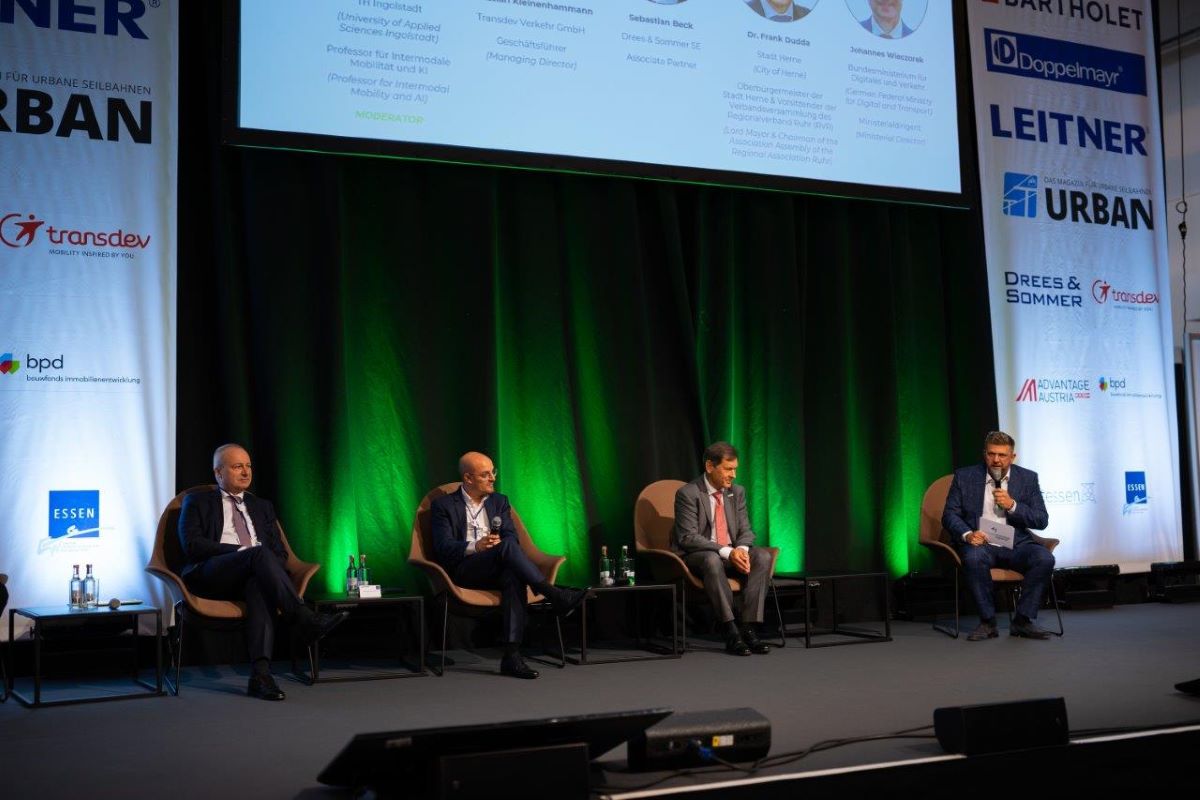
The integral congress of the Cable Car World will again be highly attended. How do you create added value for the visitors?
A key component of the Cable Car World is the two-day specialist congress. The first block “Urban Planning & Cable Cars“ examines, based on national and international examples, the new options that arise through the use of cable cars in urban development. The title of the second block on the first day is “Financing & Funding.“
The focus is on private and public financing models and the conditions that must be met for the funding of infrastructure projects. Block three on the second day outlines the ideal planning and process flow to implement cable car projects in (major) cities as quickly and efficiently as possible. Block four concludes the congress with the topic “Operation & Best Practice.“
It addresses the specific requirements of operating a cable car in urban areas and presents successful examples from practice. In addition to the specialist congress, the Mobility Lab, in an evolved form, brings together project approaches from cities with the integrated Science Lab, which takes the scientific perspective on the topic.
The Mobility Lab is a communal area and this year is supported by cable car manufacturers Bartholet and Leitner. Various communication areas enable direct, personal exchange with experts and provide firsthand knowledge. For the first time, we also offer workshops for small groups to delve deeper into the various aspects of the process chain.
Establishing contacts
Networking in a relaxed atmosphere is not neglected at the Cable Car World.
